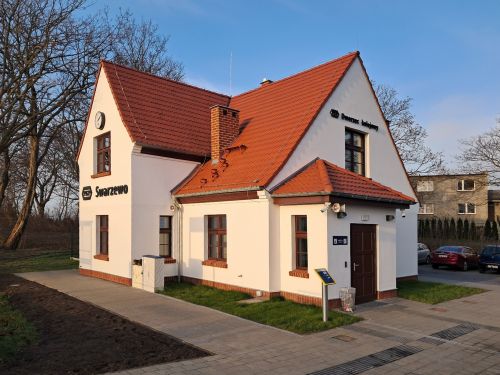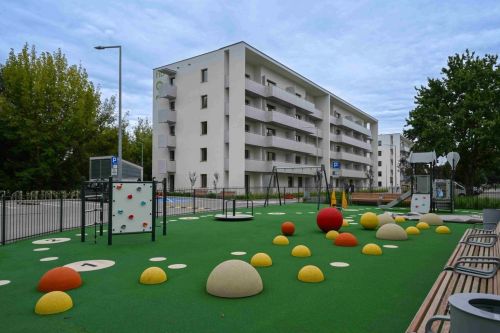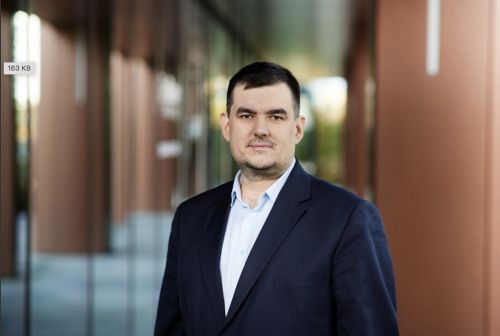According to research by JLL, the value of investment transactions carried out on some of the largest office markets outside Warsaw amounted to EUR 234 mln in H1. “In H1 transactions worth EUR 385 mln were finalised on the Polish office market, EUR 234 mln of which were purchase and sales contracts outside Warsaw. This means that regional markets had a higher result compared to Warsaw and their share in the total volume of office transactions in Poland amounted to 59 pct. Kraków, which had the highest volume of transactions out of all the regional markets, was the investment star of the H1 outside Warsaw,” remarks Sławomir Jędrzejewski, the director of office and logistics capital markets department at JLL.
The H1 results reveal a very significant change in investors’ approach, considering the fact that Warsaw accounts for app. 60 pct of the entire office stock in Poland. The second part of the year is also likel






























































